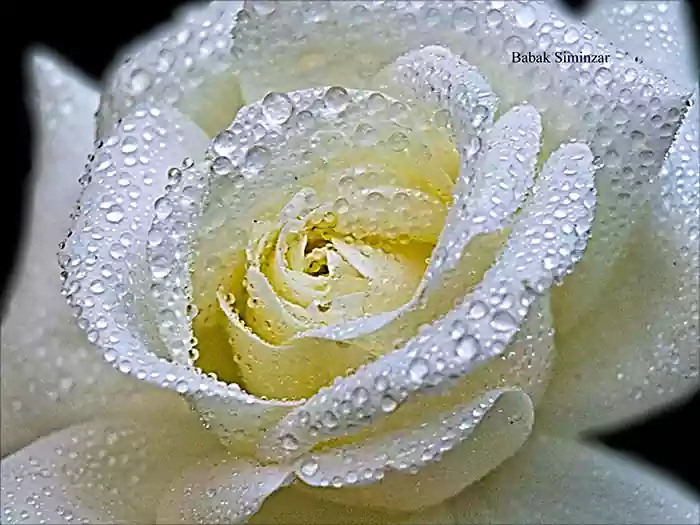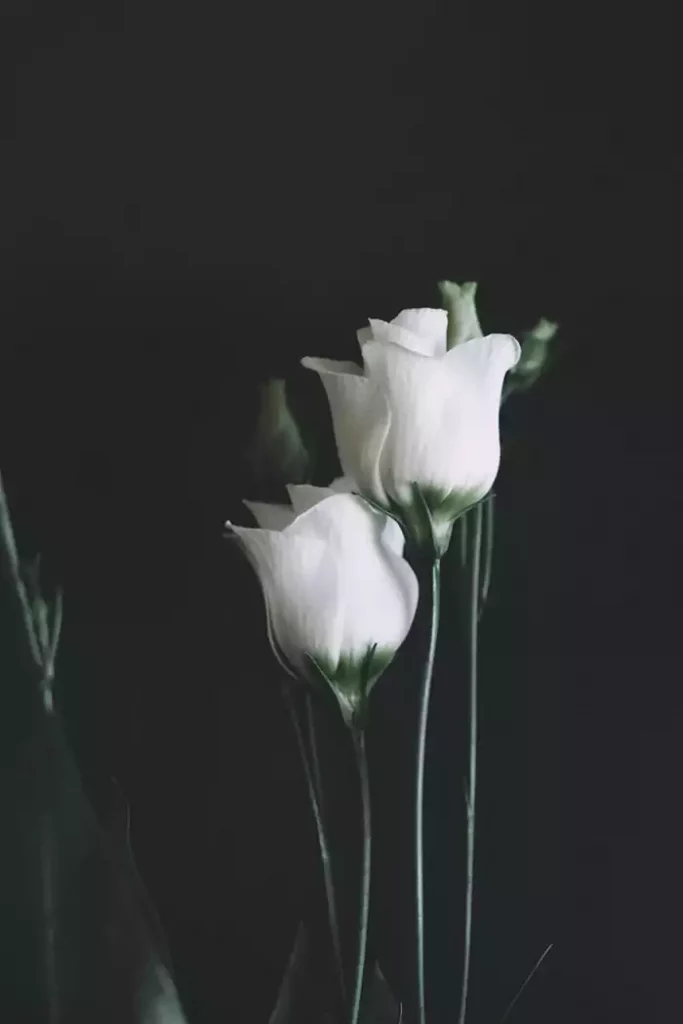I indeed chose the title fine art flower photography for this picture and this content, but in fact, most of my images in close-up photography and macro photography images fall into this category.
Topics
Creative flower photography ideas
It’s best to have a general idea of what you want to do. It will be beneficial because you can visualize the path in your mind. But things do not always go smoothly !!
What better way to start? Looking for beautiful flowers? Of course, it is a good idea, but it does not tell the whole truth.
Beautiful flowers naturally attract people’s attention, but they are not very abundant. Sometimes it happens that you take a picture of a not-so-beautiful plant that is not even a flower to fill your time.
You will come up with an idea for that image later. As you move forward, you will find that specific points about the plant can be helpful.
This design and the idea on which the whole image is based on determining what kind of plant is suitable for photography.
The theme you are using may be Black and White or Threshold. You may use a variety of colors or work with only 2 or 3 color spectrums. Are the details supposed in the depth of field to be sharp? Or is the background blurry? ( To learn more about black and white photography, see the article on black and white photography techniques. )
All of the above situations can be exciting, but each one requires a different subject.

VISIT FINE ART FLORAL PHOTOGRAPHY GALLERY
A Fine Art Macro and Close-up Photography gallery from flowers
How to turn an image of flowers into a fine art photo?
No matter which way you go, it is essential to escape reality. Man instinctively likes to take refuge in fantasy.
You can change the background and create the contrast of shadow and light in different forms in the background. Some even change the color of petals with the help of Photoshop to achieve the harmony they have in mind.
I’m not very interested in changing the color of the petals, and I use their true color. But I have noticed that sometimes due to incorrect adjustments in the amount of exposure during shooting, the petals have an abnormal tint, which is more attractive than their actual color.
Sometimes no color change is required in photo components; everything can be realistic.
In these cases, what turns the image into a beautiful artistic idea is the angle of petals and how flowers are placed in the image environment.
Creative Techniques
Those who do this in principle usually have a studio with good and multiple light sources. Maybe they will use a standard 70-200 lens and will probably benefit from the f / 16 aperture and ISO 200 with this equipment. So they will use a tripod definitely because the exposure time will be long.
If these people are also in good taste, the result will be great with these tools.
But I acted; differently. I never had a studio! I mostly photographed in natural light, and sometimes I had to use the flash.
Because I was interested in fine art macro flower photography, I used a 35mm Zuiko macro lens and an Extension Tube. I also used the standard Zuiko 14-42 lens for close-up photography.
I have always favored using a wide aperture of f / 2.8 to f / 5.6. Because I like the blurred background. I believe that in addition to beauty and creating a dreamy image, the blurred background makes the viewer focus on the main subject.
In addition, a wide aperture solves the problem of exposure in semi-dark weather. Because nature is not coordinating with us about cloudy and sunny weather!
Once you have chosen your editing strategy, you have several techniques at hand.
The color of the petals can be used for the background. Or vice versa, you can use an opposite color to create a contrast to attract more attention.
You can delete the entire original background and create your own imaginary one. Or you can blur it and put a layer of color between the background and the flower components. Then you need to reduce the opacity of the color layer; the latter method is widespread.
The angle at which you photograph the plant is essential; transversal tips are usually better than shooting from the front.
The more you explore nature, the more subjects you will find for photographing flowers
Going to nature searching for a subject for photography is a laborious and time-consuming task. But sometimes flowers can be found along the road, on hills, or at the bottom of valleys or along rivers, which can be great subjects for fine art photography.
Conclusion
These images are not just simple macro or close-up. They have a particular point, and it can be called a kind of look.
Editing is sometimes widespread, so you need to be familiar with Photoshop or any other program you prefer.



A great fine art photography tutorial🤩
Nice
👍
Wonderful
💙💙